Duo Sonata No. 1
Jean Baptiste Loeillet de Gant (1688-1720)
Any Two Saxophones
Duo Sonata No. 1 by Jean Baptiste Loeillet de Gant arranged for Any Two Saxophones. This sonata is based on a sonata for two flutes (recorders) published by Walsh of London (Walsh and Hare No. 51). The original work for recorders is in A minor. This transcription for any two saxophones is in the key of C minor.
Included with this arrangement:
- Saxophone Duet Score in C
- Part 1: E flat saxophone – alto or baritone
- Part 1: B flat saxophone – soprano or tenor
- Part 2: E flat saxophone – alto or baritone
- Part 2: B flat saxophone – soprano or tenor
This arrangement of Duo Sonata No. 1 is for Any Two Saxophones. It includes parts 1 and 2 for both E-flat and B-flat saxophones. Parts may be played in any combination. If playing with two differing saxophones, it might be best to have the smaller instrument play part one. Duo Sonata No. 1 is in four short movements: Adagio, Allegro, Adagio, Giga (Allegro). The performance time is about 8 minutes (all movements, all repeats). Overall, the piece is of moderate difficulty. The short duration and limited range in both parts makes it very accessible for intermediate players. A brief appendix explaining Baroque music ornaments is included.
- The range for each saxophone part is shown below.
- Audio and score previews are available above.

About the Composer
.Jean Baptiste Loeillet (1688 – 1720), who later styled himself Loeillet de Gant, was a Flemish composer, born in Ghent. He spent the largest part of his life in France in service to the archbishop of Lyon. He wrote many works for recorder, including trio sonatas, unaccompanied sonatas for 2 recorders, and solo sonatas. He died in Lyon around 1720. This arrangement of Duo Sonata No. 1 is based on one of his sonatas for 2 recorders.
Jean Baptiste Loeillet was a member of the large and musical Loeillet family, and the son of Pieter Loeillet and his first wife Marte (née Nortier).
Loeillet added “de Ghent” to his surname to avoid confusion with his cousin, Jean-Baptiste Loeillet of London (1680–1730), who was a well-known musician and composer in London. The similar names have often caused confusion and mis-attribution of works.

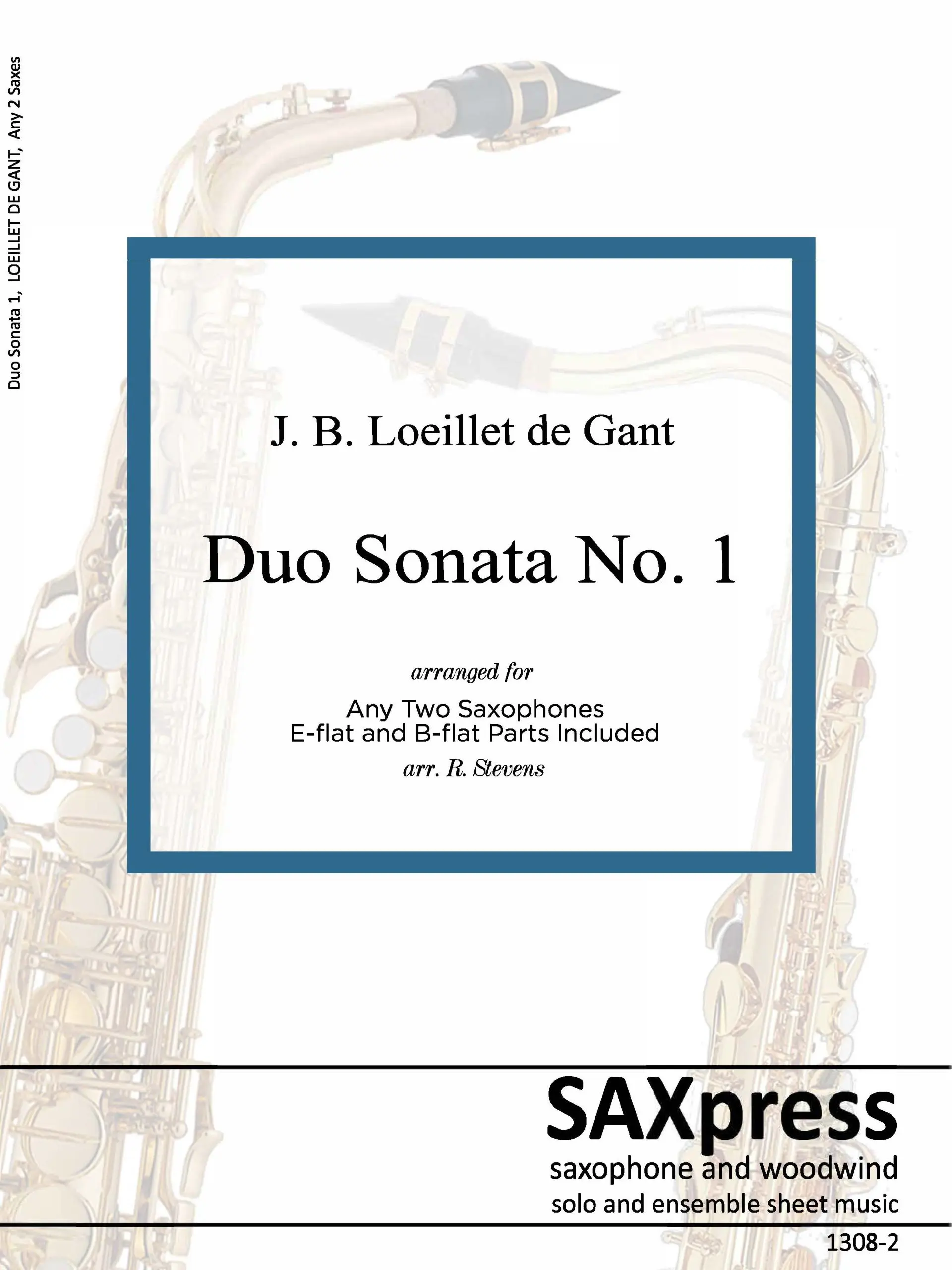
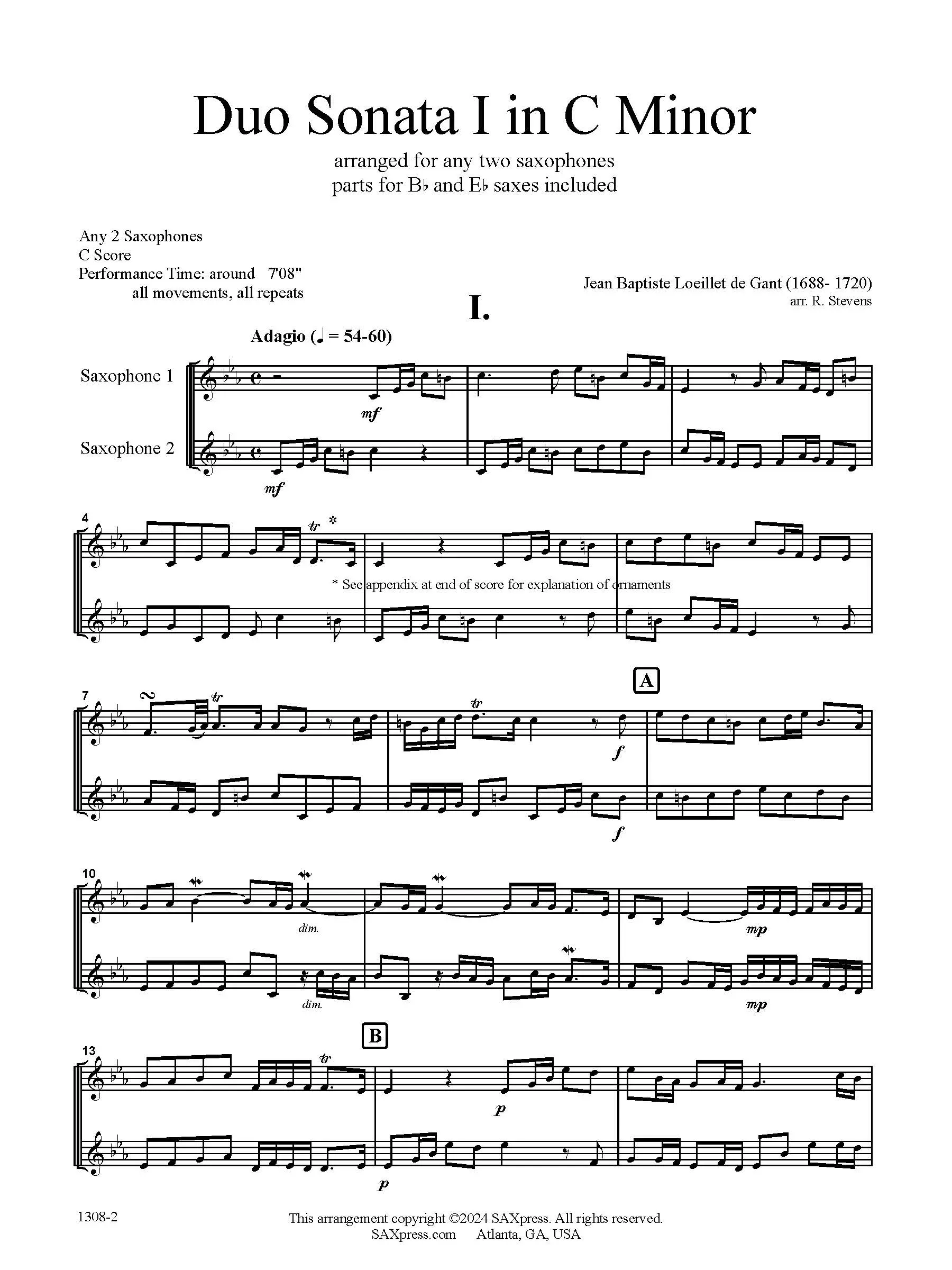
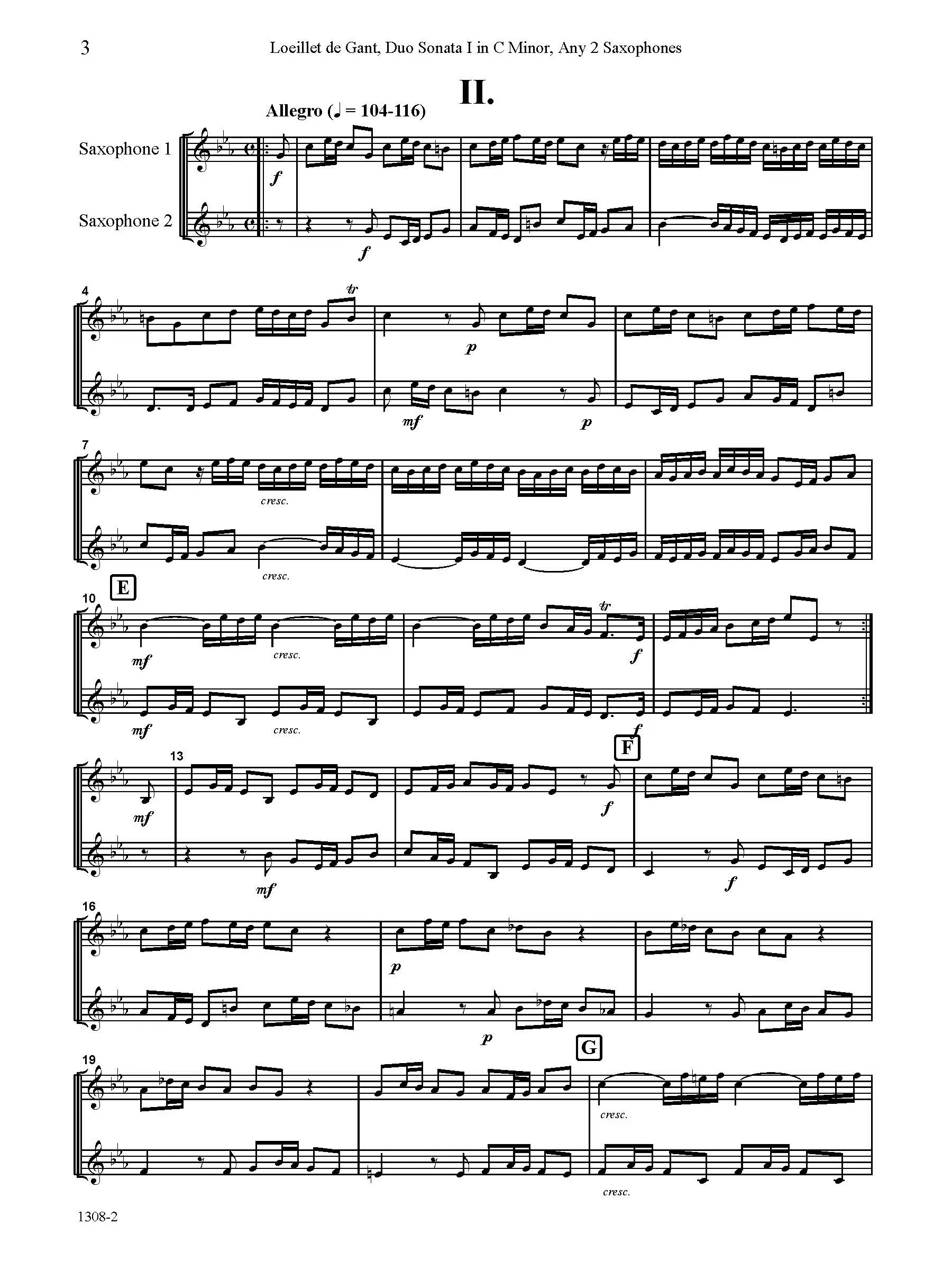
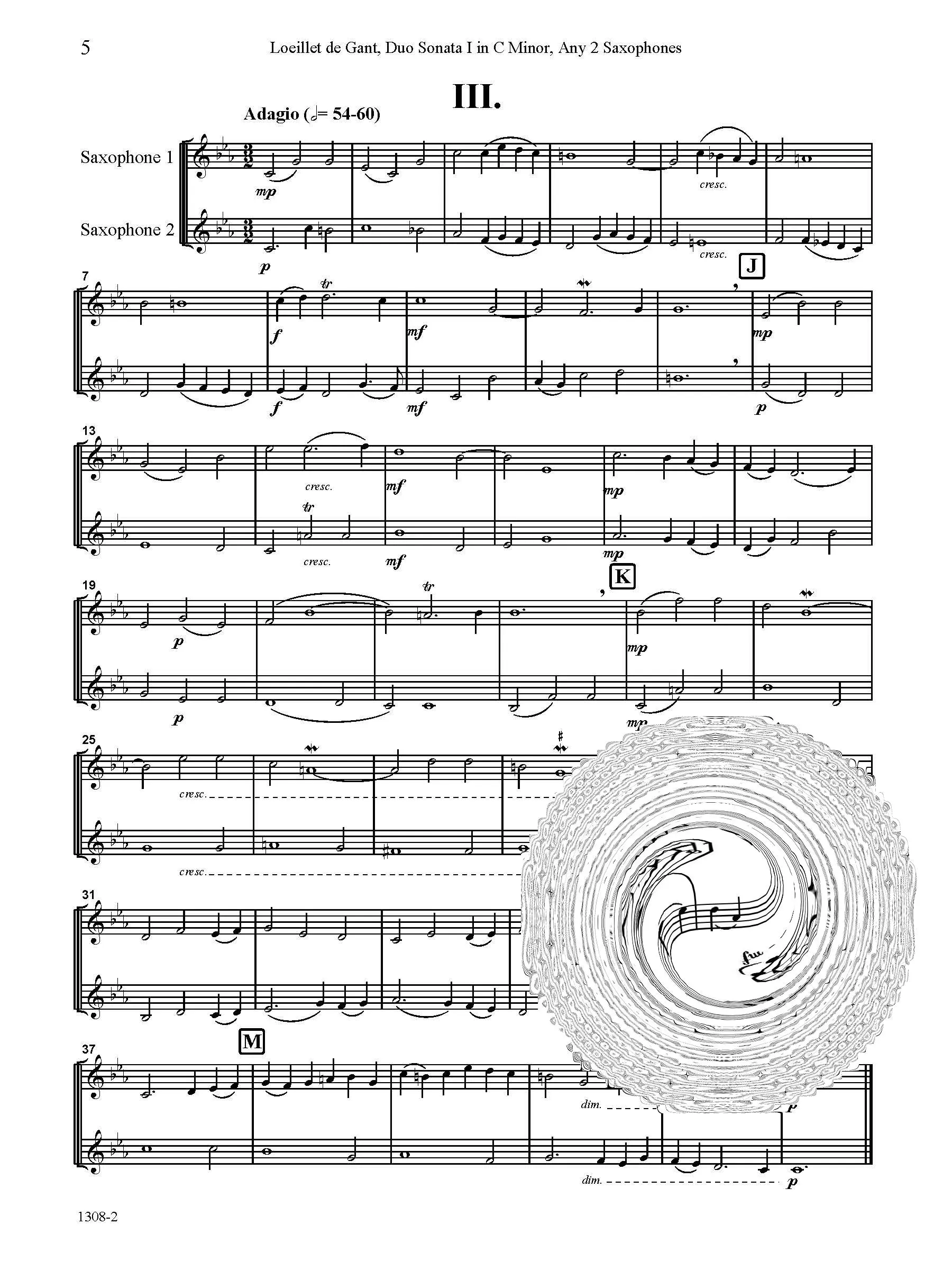
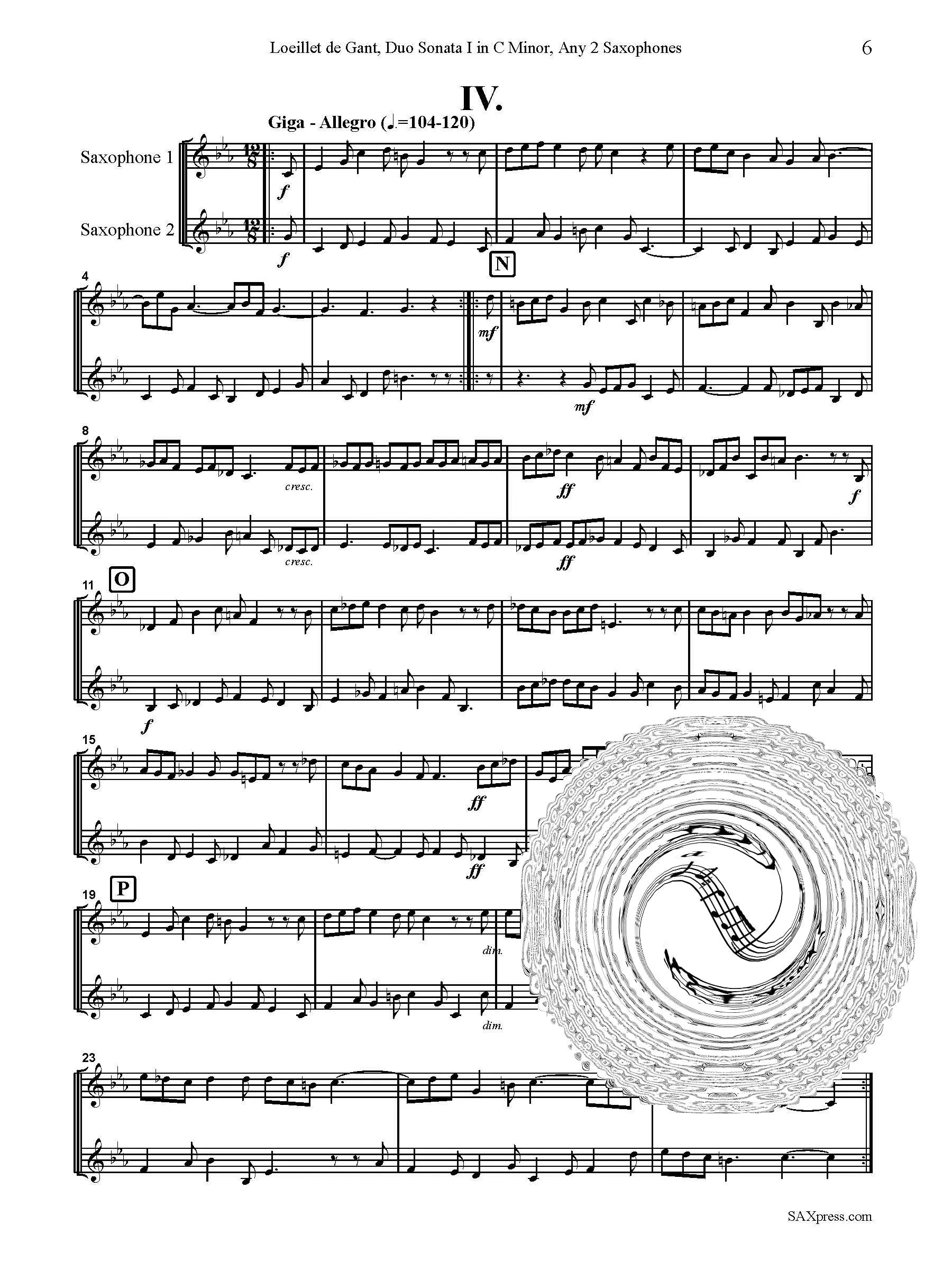
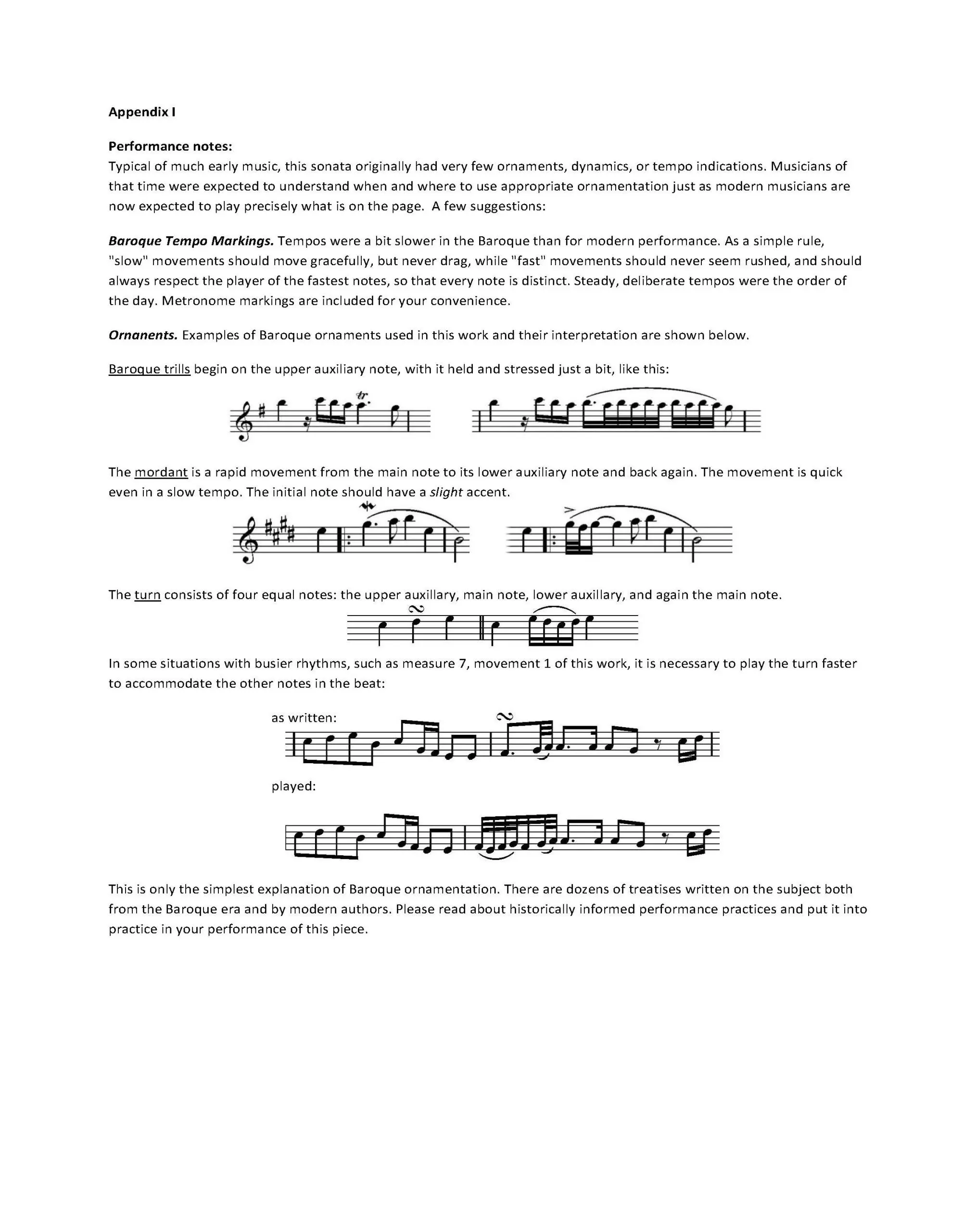
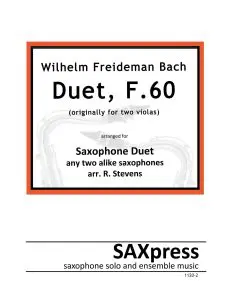
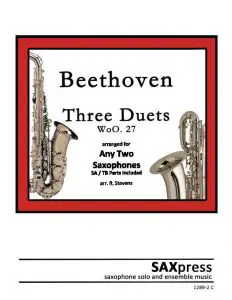
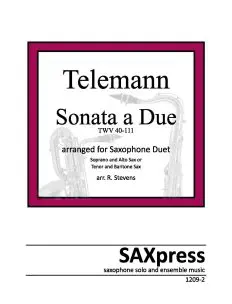
Reviews
There are no reviews yet.